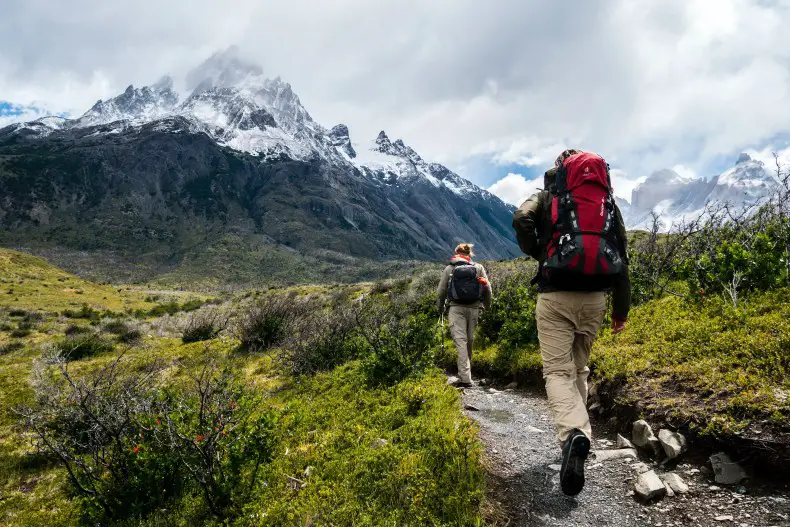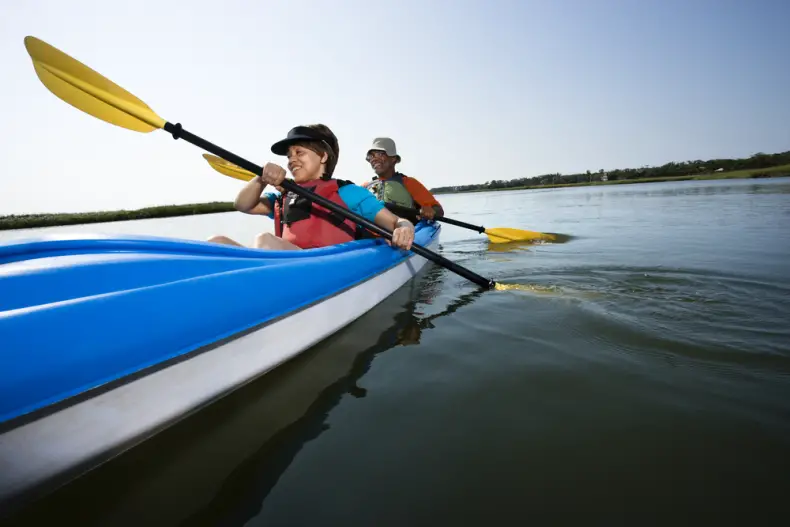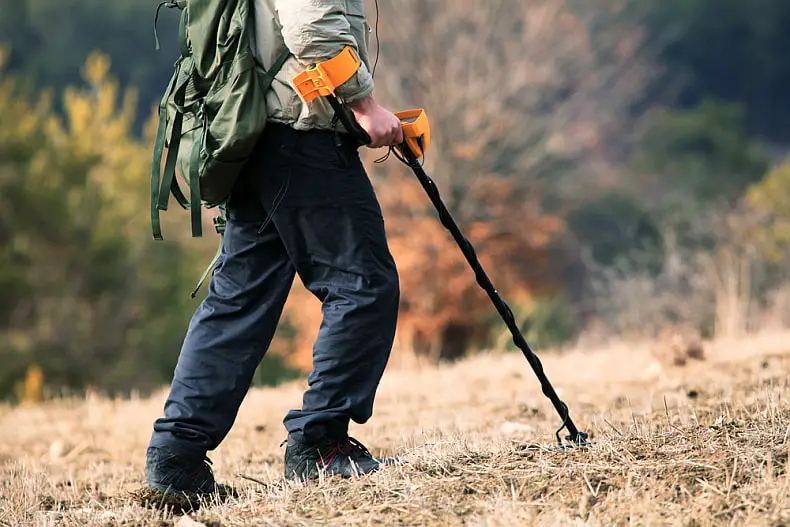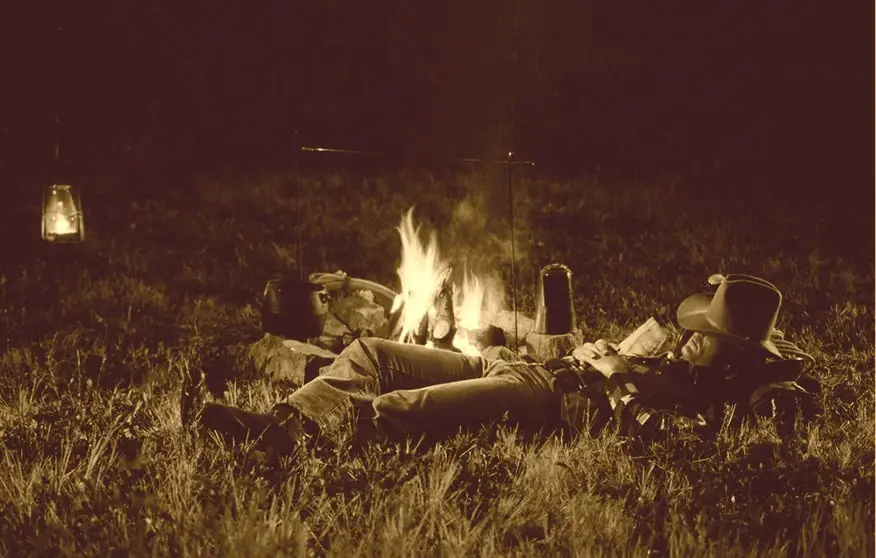If you’re a fan of the outdoors, there is a good chance that you enjoy taking a nice hike off and on too. You would not be alone in this, as most people who go camping each year tend to hike and millions of other people just hike randomly. This got us to thinking, how many miles can the average person hike in a day?
Although it varies from person to person, the average person can hike anywhere between 16 to 50 miles or 24.1 to 95 kilometers per day. The key is that the person has to be moving at all times or only take small breaks. We factored this with an 8-hour time limit as well.
The average person could do the low end of this number in an 8 hour period while the highly fit could do up to the high-end. The real issue with factoring this up, however, is that it truly does vary from person to person.
It is weird to expect a person to be capable of hiking for even 8 hours in a day unless they plan to reach a specific destination. Walking or running for long periods, for any reason, is not really common for the average person as it is.
There are also a lot of other factors that get in the way of a potential average hiking distance too.
Table of Contents
Fitness Level & Experience

It is said that there is nothing like experience when things get tough. However, that is somewhat debatable. A person who is incredibly in shape might be capable of handling any challenge. It comes down to the fact that this is still hiking and you need to be in shape to go farther in a short period of time.
Experience comes into play, at least in our opinion, when you’re playing the long game. If you’re in a race that is relatively short, like a couple of miles. Heck, let’s go as far as to say 10 miles. A person who is in shape might be able to hike at a fast rate without much of an issue.
However, if the challenge is 100 miles…then experience comes into play. When you know about how these things work…you know when to rest, how long to rest, and even the pace you need to go. They might be just as capable of traveling 10 miles in a single day at a fast rate.
Yet they also know that there are a lot of other issues to consider. We go over a lot of these things below, but they know how the weather will affect them, the air quality, the terrain, and much more. That can be valuable to have around when it comes to the long-game.
However, for the average hiker…taking a very experienced person along also gives you a sense of comfort. They do not overwhelm or take you at a ridiculous pace. Those who are not as experienced will tend to go for speed rather than knowing a proper pace.
Fitness Level does matter when it comes to a race or something similar. Other than that, a person in great shape or average could easily experience the same exact hardships along the way.
Age

Sometimes age can be a factor here, even your sex/gender. The real reason it can be an issue or even an asset is truly the size of the person. A woman who is in great shape could likely travel a similar distance to a man who is in great shape. It comes down to the same things we listed above.
Yet what could be an issue is the size, which also relates to age. When you’re younger, you’re likely going to be smaller. Therefore, the average rate of miles you could go will heavily differ from an adult. However, it could also be similar depending on size.
A kid at 10 years or younger will clearly not be at a proper size to travel the same distance as the average adult. Yet if they are 13 and up, most teenagers are going to be at a reasonable size. Boys will usually be as tall as their mother at this age and girls are nearly done growing by this point.
Therefore, their average distance will go up as their size has increased. What prevents them from doing this is simply the shape they are. Which, as we listed above, is also a concern for adults too.
The Environment
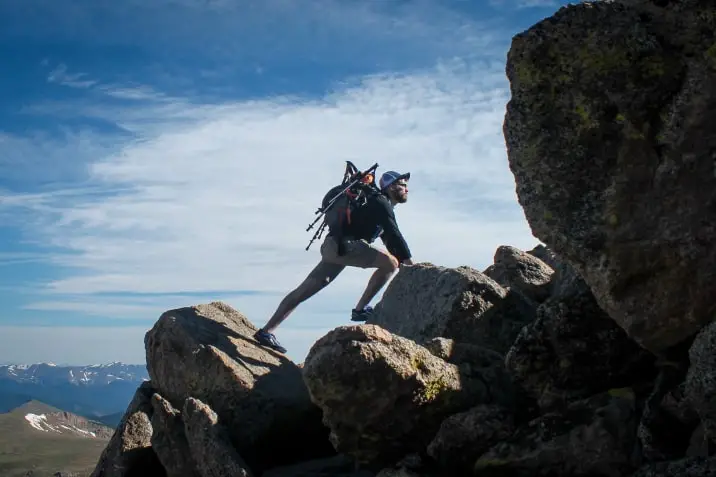
People tend to forget, when you’re hiking in a given day…you’re not likely to be going in a straight line on some flat surface. That is extremely rare. Only in your local cities or neighborhoods could get anywhere close to a straight line, flat surface area.
The Earth, when untouched by man’s construction, has been forming for billions of years. It is impossible to know what it’ll look like in a few hundred to even a few thousand years into our future. Much less could we comprehend another million or billion years.
As a result of the ever-changing environment, you could see some drastically different landscapes from place to place. Even in the same 50 to 100-mile radius! Due to the various landscapes, you’re likely to see…it is impossible to assume that you’ll get 16 to 50 miles on average in every single environment.
This is why you have to factor this in when considering how far the average person can go on a given day. If you don’t, it takes away from the true fact at the end of the day. That is…if you have some major hills, slippery surfaces, and many more…you’re unlikely to get extremely far.
The terrain you’re traveling on could be horrific or really easy for you. Simply put, be prepared for the environment before you go hiking. Knowing your terrain will help a lot in the long run…sometimes in the literal sense.
Weather
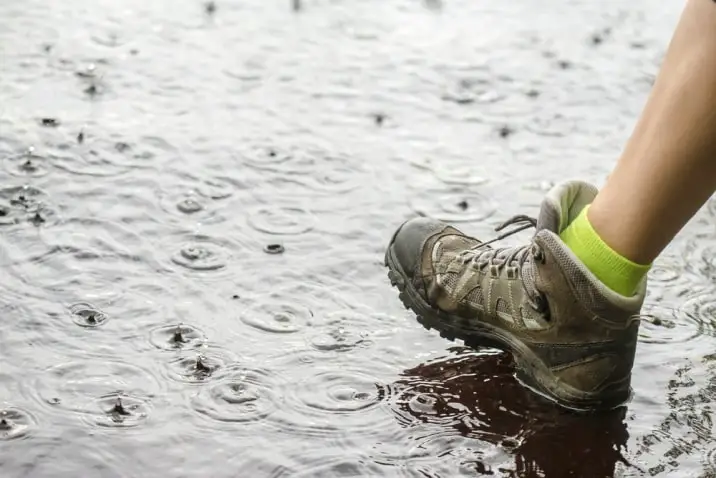
Weather can play a very important role in how far you get too. When it rains or snows, there is a good chance that it’ll be harder to hike around. With rain, you have to worry about slippery surfaces. Yet if you’re in some areas where you’ll need to do some minor climbing, rain can take away some of the structure.
In that, it can loosen things up or take them from harder surfaces to softer ones. Perhaps a dirt hand-hold would be in place during a sunny day but when it rains, it is no longer hardened but softened. Meanwhile, if it snows you have a lot of the same problems that rain brings into play.
Except you have to then add in how hard it is to get from place to place in several feet of snow. You have to constantly pick up your legs after they are being stopped by the snow. There is no good forward speed at all, making walking around incredibly difficult.
Perhaps it’s a very hot, humid environment. The sun is on you all day and it can completely take the energy away. You’ll have to stop to get water no matter what, but in hotter places, water will be essential. It takes away energy, so the distance you can travel before stopping will be diminished.
Altitude:

Some hiking might take place at higher altitudes. This can be, quite frankly, a very difficult thing to deal with. If you’re hiking up a mountain, it is always best to find a guide or a person who is experienced in hiking that exact mountain. They can help you travel up and down in the safest way possible.
Altitudes on mountains such as Mount Everest have led to the deaths of many. In fact, for Everest, there is a group of people known as the Sherpa. These Sherpas have quite literally the most dangerous job in the world. They have to not only keep you safe but also themselves too!
When hiking up Everest, you have to rest and get adjusted to the new temperature and air around you. Some even have to wear oxygen to get up the mountain due to being unable to breathe the air.
This can clearly affect anyone, even those who are very in shape. Several people die when hiking up mountains, not just from tiredness or grabbing/standing in the wrong ara. Some die from the air, which will clearly affect how you hike. Be aware of this before hiking up in higher and sometimes, lower altitudes.
Pack Weight
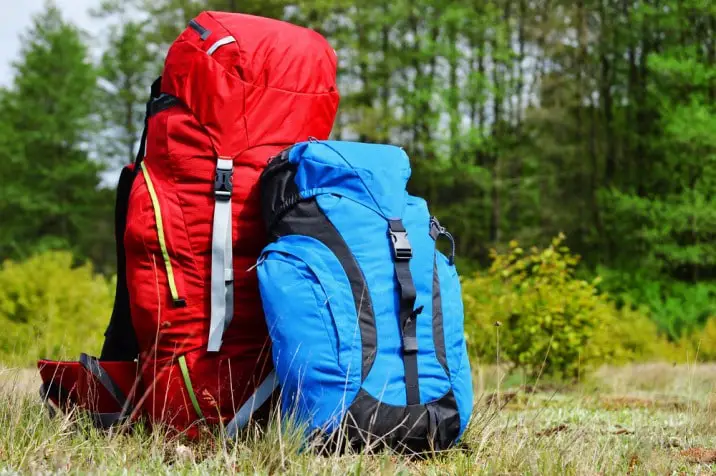
We referenced the shape someone is in above for a reason. If you’re a bit bigger, you’re carrying around a lot of weight someone at your size should not be hauling. As a result, your weight can prevent you from traveling as far as you could if you lost that weight.
That brings us to your Pack Weight. Like carrying around extra fat on your body, your pack could be relatively heavy. In fact, the average hiker who is prepared to camp wherever possible will likely be carrying a bag somewhere near 10 to 20lbs.
Therefore, even if they are in shape at 180lbs, the pack forces them to carry around 190 to 200lbs instead. Those who are hiking up mountains may likely need to carry other specialized equipment, forcing their packs to be 30lbs or more.
This can clearly make it harder on the average person, as they are carrying around more weight than normal. Thus, it is forcing them to expel more energy every single moment they are hiking around. The more energy they use, the more tired they get. The more tired they get, the more breaks or rests needed.
As you can tell, that can cut into a lot of the time in your day. Instead of going 10 to 16 miles, they might only be able to handle 8 miles at the most. Adding extra weight certainly matters, which is why you should always carry around snacks and water to have along the way.
You should also be sure to travel at a comfortable pace. This could extend your journey in spite of the extra weight you’ve added on with your pack.
Time of Year
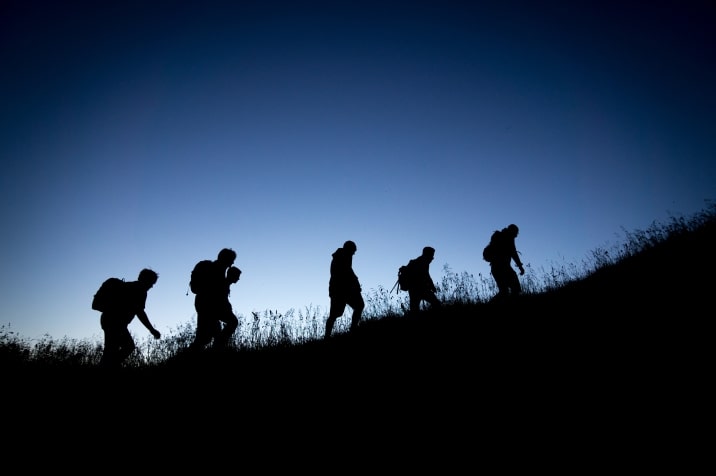
The time of year you’re in, as well as the location you happen to be, will be a huge thing to consider too. Say for example it is the winter where you are. Usually, it gets darker much quicker than it does in the summer.
In the Fall/Winter you’re having to stop earlier to get your shelter put together…even make sure you have a fire ready. With colder times, you cannot hope to get as far either. Not only due to potential weather issues but also the fact that you may not have 8 hours to blow depending on the day.
If you start at daybreak, let’s say that’s 7:00 AM…then you can likely hike around up to 8 hours before needing to stop. Yet with it getting darker earlier, you have to consider how long it takes to get shelter together before nightfall.
Plus, the time you have for hunting and/or fishing will be diminished. This is not even discussing traps you have. Even if you have food on you, the other stuff will STILL come into play.
Therefore, the distance you get will be determined by your speed. However, it’ll also be determined in how you cope with the elements around you, as well as how you’re able to handle the non-hiking parts of your trip too.

